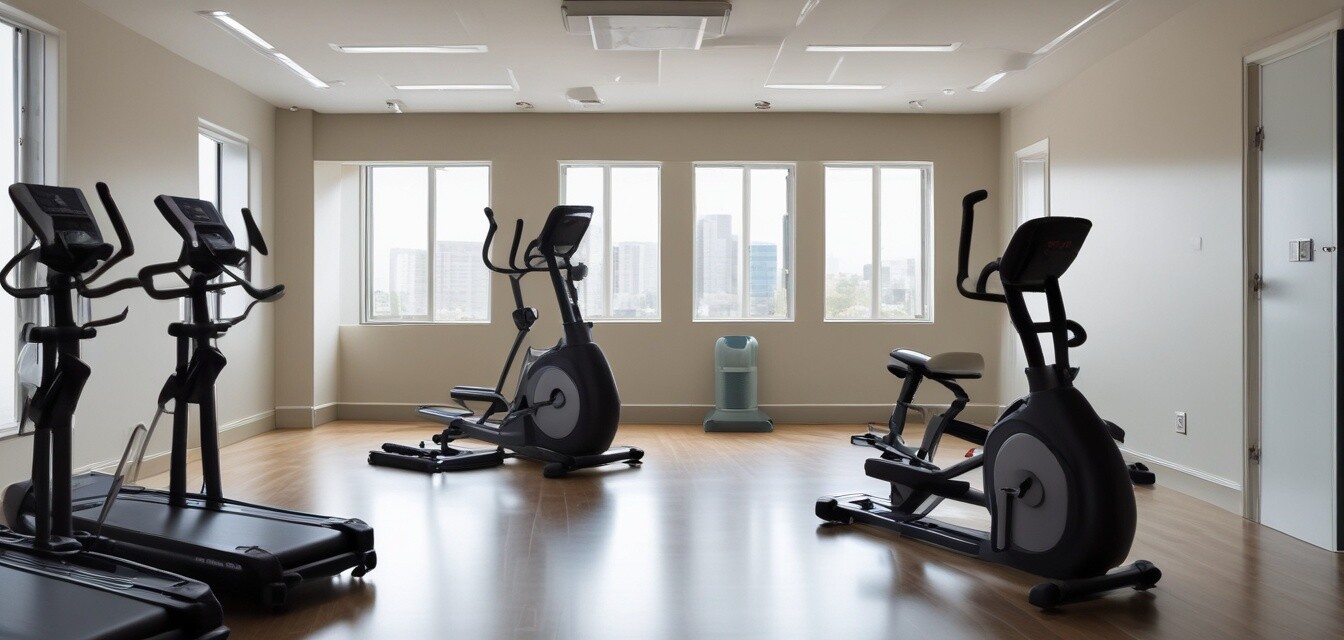
Top Ellipticals for Rehabilitation Programs
Key Takeaways
- Ellipticals provide low-impact workouts ideal for rehabilitation.
- Look for features like adjustable stride length and incline settings.
- Budget options are available that don't skimp on quality.
- Target your specific needs based on the rehabilitation program.
- Choose machines with good warranties and customer support.
Finding the right elliptical for rehabilitation can be a game changer for those recovering from injury or surgery. These machines not only facilitate safe workouts but also enhance recovery efforts with their low-impact design. In this guide, we’ll review essential factors to consider when choosing the best elliptical for rehab programs, as well as offer insights on budget-friendly options that meet your needs.
Why choose ellipticals for rehabilitation?
Ellipticals stand out in rehabilitation environments for several reasons:
- Low impact on joints – Reduces the risk of injuries during recovery.
- Versatile workouts – Adjustable levels allow varying intensity.
- Full-body engagement – Helps improve strength and endurance efficiently.
- User-friendly – Easy to operate for individuals at different fitness levels.
Key features to look for in rehab ellipticals
When selecting an elliptical machine for rehabilitation purposes, consider the following features:
| Feature | Importance |
|---|---|
| Adjustable stride length | Allows customization based on user comfort and needs. |
| Incline settings | Enables varied workouts and targets different muscle groups. |
| Ergonomic design | Provides comfort during use to minimize strain. |
| Display panel | Tracks workout progress (time, calories, distance, heart rate). |
| Warranty and support | Ensures peace of mind and assistance if issues arise. |
The best elliptical types for rehabilitation
Different elliptical types cater to various rehabilitation needs. Here are the top categories to consider:
- Compact ellipticals - Perfect for limited space and easy storage.
- Ellipticals with adjustable stride - Offers customization for users of all heights.
- Ellipticals with incline settings - Good for varying workout difficulty levels.
- Folding ellipticals - Convenient for easy storage in therapy clinics.
- Heavy-duty ellipticals - Ideal for rigorous use and supports various weights.
- Under desk ellipticals - Allows for multitasking while engaging in lower body exercise.
Comparing budget-friendly options
Below is a comparison of some popular features in budget-friendly ellipticals suitable for rehabilitation:
| Model | Adjustable Stride | Incline Settings | Weight Capacity | Warranty |
|---|---|---|---|---|
| Model A | Yes | No | 250 lbs | 2 years |
| Model B | Yes | Yes | 300 lbs | 1 year |
| Model C | No | Yes | 250 lbs | 3 years |
| Model D | Yes | No | 400 lbs | 1 year |
Tips for getting started with rehabilitation on an elliptical
Beginner tips
- Start with short sessions of 5-10 minutes, gradually increasing duration.
- Set the resistance and incline to a low level to begin with.
- Focus on maintaining a steady and comfortable pace.
- Stay hydrated and take breaks as needed.
- Consult with a physical therapist for tailored advice.
Conclusion
Choosing the right elliptical machine for rehabilitation is crucial for a successful recovery process. By considering the features discussed and selecting a budget-friendly option that meets your specific needs, you can enhance your rehabilitation experience. Remember to consult with a healthcare professional when initiating any exercise program.
Pros
- Effective low-impact workout for diverse rehabilitation needs.
- Available in a variety of budget-friendly options.
- Customizable features enhance user experience.
Cons
- May require space for usage depending on the model.
- Initial investment may be higher than some other equipment.